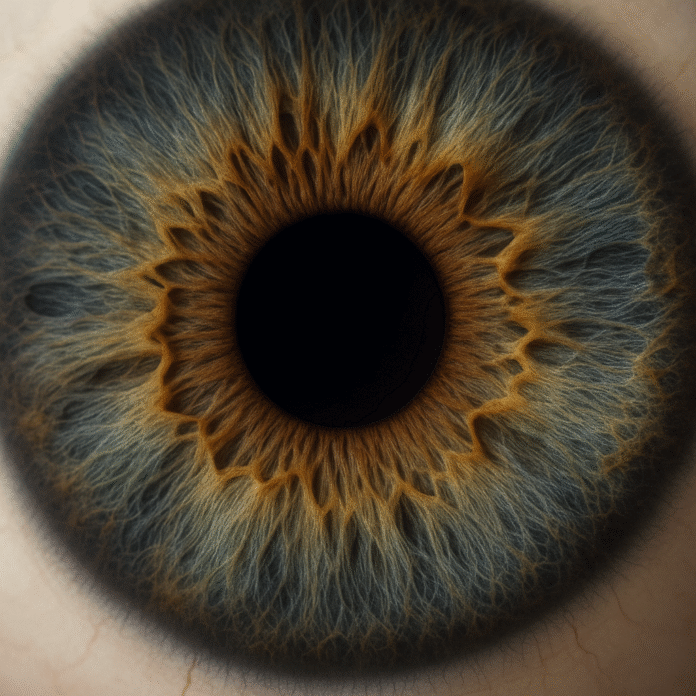A Non-Invasive Lens into the Body’s State
Iridology—the study of the iris—is a holistic wellness tool believed to mirror the health of organs, tissues, and even emotional states through the complex network of nerve connections in the eye. While not a medically validated diagnostic system, its value lies in early observation, preventive care, and self-awareness.
Key Features of Iris-Based Wellness Monitoring
1. Holistic Health Indicator
-
The iris is thought to reflect the state of internal organs and systems.
-
Shifts in iris texture, color, or patterns are interpreted as early signs of physiological imbalance.
-
Observing such changes may help guide lifestyle adjustments before symptoms arise.
2. Non-Invasive Observation
-
No blood tests, scans, or invasive equipment required.
-
Utilizes simple visual tools like magnifiers or digital iriscopes.
-
Ideal for individuals seeking alternative wellness tracking methods.
3. Home Use Potential
-
With a basic understanding of iris charts and access to magnification tools:
-
Users can track subtle changes at home.
-
The method supports daily or weekly self-checks as a wellness habit.
-
-
Emphasized as preventive and reflective, not as a replacement for clinical diagnostics.
4. Emotional and Mental Mapping
-
Beyond physical health, iris charts also map zones linked to:
-
Mental traits (e.g., focus, stress levels)
-
Emotional centers (e.g., ego tension, sensory-motor responses)
-
-
Practiced users often integrate iris observation into self-reflection or mindfulness routines.
Sample Iris Chart Zones (Right Eye)
| Zone | Approx. Degree |
|---|---|
| Brain / Mental Abilities | 0°–5° |
| Throat / Thyroid | ~10° |
| Spinal / Lower Back | 20°–25° |
| Kidney | 27°–28° |
| Liver | 38°–40° |
| Lungs / Bronchials | 42°–48° |
Special Note
Iridology is not a medically validated diagnostic science. It should be approached as a complementary practice, useful for:
-
Wellness motivation
-
Lifestyle awareness
-
Self-care reinforcement
It should not be used in place of professional medical evaluation or treatment.
This eye-based method continues to find relevance in alternative wellness circles as a reflective guide—bridging observation and inner awareness.



